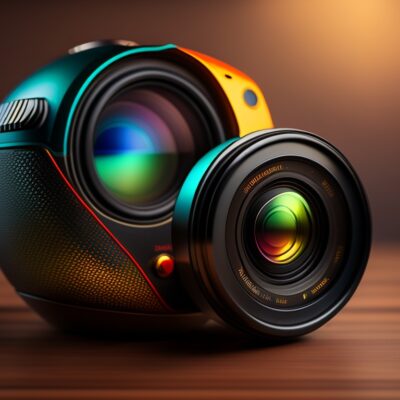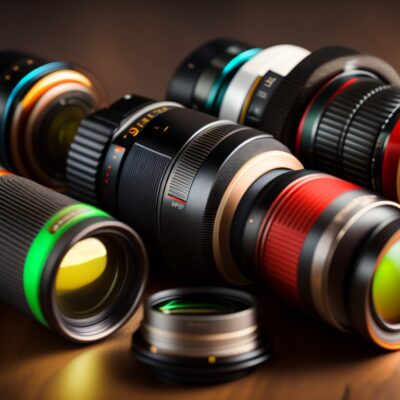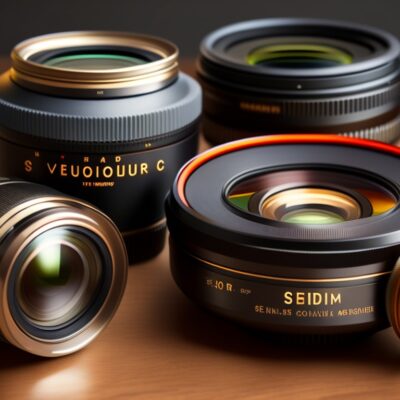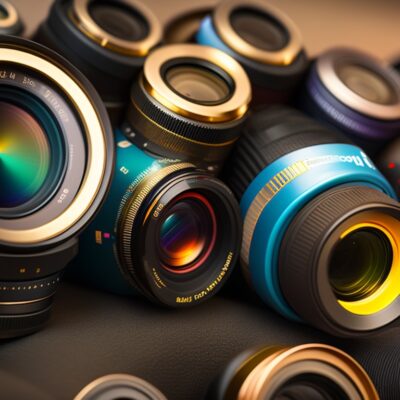As I delved deeper into GTD, I found that the urge to organize my desk to fit my needs became stronger.
There are many factors to consider when organizing your office, but I found that the physical layout of things on my desk had the greatest impact on my productivity. Before we go into details, it is important to summarize, at a high level, what is typically kept in a desk.
- Actionable items
- Reference material
- Decorations
- Office supplies
- Equipment
That’s it, these are the five categories of items that are present in every desk. How you manage these items can mean the difference between a thriving work environment and one in which you struggle to keep up. I’ll now try to explain how it is possible to organize each of these categories to produce the best results in terms of productivity.
Actionable & Reference Items
The first category of things that arrives at your desk is that of actionable items — letters, written requests, CDs or any other items that require your to take a particular action on them. The second is reference material, stuff that needs to be kept for future reference.
In order to process both of these items, you need to setup part of your desk real estate to streamline the process. Personally, I need three trays to handle the “work” items that arrive at my desk, they are
- An in-tray to capture all incoming items
- An out-tray to store all paperwork or items that have been processed and are on their way out
- A reference tray to store my frequent reference “reference items”
The in-tray is self explanatory, it is here that I put everything that comes my way. If I have an idea about something, I write it down on a piece of paper and then put that paper into my in-tray. I do the same for any verbal requests that come my way from colleagues or students. If I receive a written communication from the dean or any of the vice-Dean’s, I put those into my in-trays as well.
The purpose of the in-tray is to store the stuff that I haven’t figured out what to do with yet. I empty it at least twice per day: in the morning, and in the middle of the work day.
The out-tray needs a little bit more explanation. Often, when I finish responding to a written communication or an email request or anything else, a physical artifact is created — a piece of paper, a CD, some files on a flash drive, etc — these physical artifacts typically need to get to a specific person.
Since I cannot spend all day sending someone to give this material to their recipients every time I generate some output, I need a place to collect them — this is the purpose of the out-tray. I clearly label each item with the name of the recipient, and place in it my out-tray. When I’ve collected enough material in my out tray, I ask the person responsible for office communication to come deliver them to their recipients.
I typically work from left to right, so my in-tray is on the leftmost part of my desk. I then leave the area in the middle of my desk clear so that I can use it to perform work when I need to, and place my out-tray to the right of my desk.
To the right of my out-tray, in the rightmost position on my desk, is my reference tray. Most of my long term reference material goes onto selves away from my desk, but for my most frequently used reference items — like my archive of incoming communications from the dean, or student complaints that have been handled but need to be stored for future reference — I keep a couple of clearly labeled files in my reference tray to quickly access them when needed.
Decorations
Decorations are anything that does not have a direct use in your work. It’s only use is to provide visual decoration to your office.
I like to keep these times to a minimum, I only have one or two items that make me feel good. They are there because they help me get into a good mood for work. I am always conscious that they do not actually contribute to the work I do, but rather allow me to enter a mood that is conducive for productive work.
Be careful about having too much decorations, they take away from the physical real estate available for you to put your actual work on, and they may actually end up distracting you if taken to excess.
Office Supplies
Office supplies are things that are consumed during work. Examples of this include pens, pencils, tape, staplers, staples, printing paper, etc.
I used to have a pen holder which I stuffed with about 10 pens, some pencils, a letter opener and a ruler. I thought it made my desk look cool. Upon critical review, I found that all it did was take up valuable space on my desk — space that I could have used to do actual work.
I now have only three pens and a pencil on my desk. By favorite pen, a Cross pen, lies flat on my desk and is used in most of my writing. It’s a black ink pen, and so is not suitable for signing papers. For that, I have a blue pen in a pen holder of much reduced size. It is also joined by a red ink pen for grading exam papers and a pencil.
All other pens are in one of my desk drawers. I have dedicated one of my drawers to office supplies. In this drawer, I have a divider that allows me to store similar items together. It currently has a place for blue ink pens, red ink pens, my stapler, some staples, paper clips, tape, a ruler and a letter opener.
It is important to keep this drawer neat and well organized or you will spend an unnecessary amount of time searching for what you want. Printing paper currently in use is loaded into my printer or photocopying machine. Extra paper is stored in a storage cabinet in my office.
Equipment
Depending on what you do, you may need different equipment to do your work. I personally need a landline phone for internal communications, a computer, a printer and the aforementioned trays. I’ve already discussed how I place my trays on my desk, so I won’t revisit their placement here again, but will concentrate on the other items.
My computers occupy a separate side table. I do this for a couple of reasons, first, I need two computers to do my work. One for my actual work and the other to run an HDMI announcement screen that I use to make announcements to the department.
Having both these computers takes up too much real estate on my desk. So they were moved to a side table. In addition, when I’m in “computer work mode”, I rarely need anything physical — so placing the computers on a side table allows me to prevent myself from getting distracted by all the other physical stuff I need to do that is on my main desk when I do work on my computer — and vice versa.
Of course, the side table is close enough to my main desk surface that, if I do need anything physical while working on the computer, I can just turn in my office chair and get it.
My telephone goes on the left of my desk, right under my in-tray. It’s on the left for two reasons, first the space on the right of my desk is taken up by my out-tray and reference tray, and second, by placing my telephone on the left, I can pick up the receiver with my left hand, and have my right hand free to dial the number and then take notes while on the call if necessary.
My printer goes on a shelf behind my computer. The self is easily accessible from a sitting position on my chair, but is still sufficiently out of reach to not take up too much physical and visual real estate in my office. I try to keep my printing to a minimum to avoid environmental damage — all that paper comes from trees — but I do need to print often enough that I cannot completely eliminate the printer.
That’s it ladies and gents, this is how I organize my desk. A well organized desk is an important part of a well organized work environment, check out your desk and see if you can give it a makeover to improve your efficiency.




